People refer to a number of different species using the term “House Spider.” The various species generally do not share close genetics, and include the black House Spider of Australia, the barn weaver, the yellow sac spider, American House Spider, and more. For our purposes, we will focus primarily on the latter American species. Read on to learn about the House Spider.
Description of the House Spider
This species has the typical “spider” look, with eight long legs and a rounded abdomen. They have grey or brown coloration, often with light dappling or mottling. Though their actual bodies measure less than half this size, their leg span can reach up to one inch across.
Interesting Facts About the House Spider
These little creatures have a number of interesting traits and adaptations. Learn more about what makes them unique, below.
- Widow-Like Shape – This small species has a body shape similar to that of the venomous black widow. Its cephalothorax, which holds its head and legs, is much smaller than its rounded abdomen.
- Not Dangerous – Unlike the other widow spiders, this species does not pose a danger to humans. When disturbed, this spider typically retreats behind an obstacle or flees from its web. Bites do not possess enough venom to harm a human, though they do hurt!
- Harmonious – Another glaring difference between this species and the widows is its ability to live peacefully with the opposite sex. Males often live in the web with the female for periods of time, and the female doesn’t try to eat him!
Habitat of the House Spider
As the name suggests, this species prefers living in dark regions of houses where it can collect small insect prey. You can find these creatures in corners, beneath furniture, in sheds, barns, gardens, and more. They utilize a number of manmade structures and areas, in urban as well as rural areas.
Distribution of the House Spider
This species has worldwide, or cosmopolitan, distribution. This means that it lives across the majority of the globe. You can find them more frequently in tropical and temperate regions. However, people encounter them at their highest density in North America.
Diet of the House Spider
These creatures have carnivorous feeding habits, which means that they prey on other animals. Given their size, their diet contains primarily insects, making them insectivores. They eat a variety of pesky invertebrates, such as flies, mosquitos, cockroaches, ants, and more.
Like many spiders, this species uses a web to capture prey. It builds its web in areas where insects tend to pass or congregate. When the insects become entangled, the spider subdues it with venom.
House Spider and Human Interaction
Though these invertebrates often live within human dwellings, people generally do not interact with them frequently. The spiders avoid human contact and typically build their webs out of sight. When approached, they retreat to safety or flee, and only bite when captured or squeezed.
The IUCN has not assessed the populations of this common species.
Domestication
Humans have not domesticated these creatures in any way.
Does the House Spider Make a Good Pet
No, people do not generally keep this species as a pet. However, they often find themselves hosting the spiders involuntarily.
House Spider Care
People generally do not keep these spiders as pets. Generally speaking, to keep this species you would simply have to provide an adequate location to build a web, and a variety of small prey to feed on.
Behavior of the House Spider
This species often lives alone, or in breeding pairs. Males and females sometimes share their webs for long periods. However, though multiple same-sex individuals build nests in close proximity on occasion, they do not interact with one another and sometimes fight when they cross paths.
A male and female sharing a web typically breed with one another.
Reproduction of the House Spider
When it comes time to breed, the female lays her eggs in a brown-colored cocoon. She can breed multiple times in a single season, and each cocoon produces between 150 and 200 eggs. The eggs cocoons remain in the female’s web. After hatching, the young spiders hide in the web for a period as well.
Beliefs, Superstitions, and Phobias About the House Spider
Though people generally dislike spiders, this species poses a very minimal danger of bites. In fact, it provides many more perks than downsides as it feeds on pesky insects that people dislike, such as flies and mosquitoes.




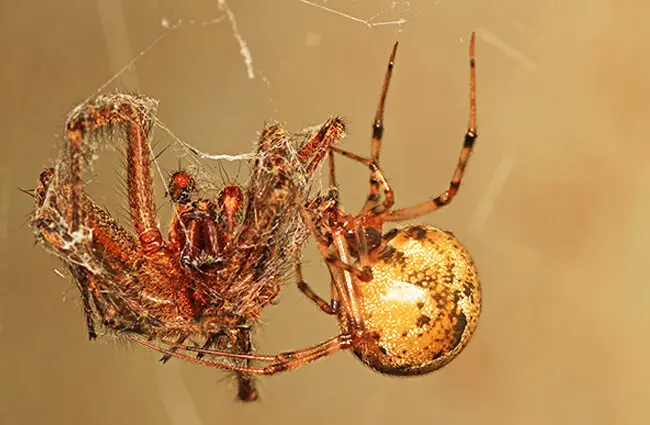
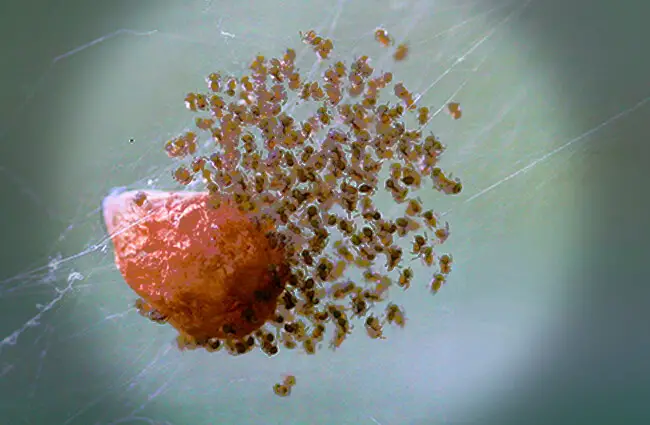
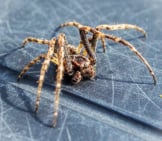
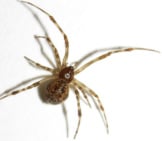
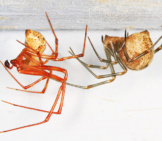
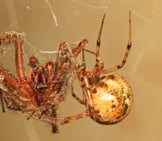
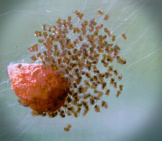
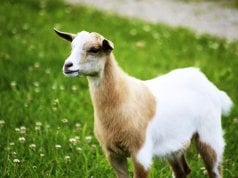












![Red Angus Closeup of a beautiful Red Angus cowPhoto by: U.S. Department of Agriculture [pubic domain]https://creativecommons.org/licenses/by/2.0/](https://animals.net/wp-content/uploads/2020/03/Red-Angus-4-100x75.jpg)

